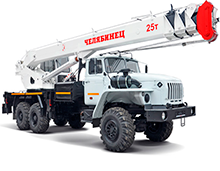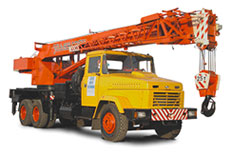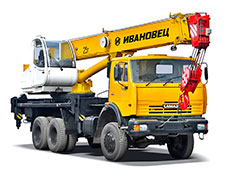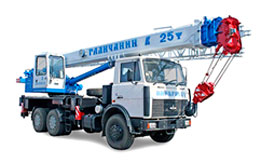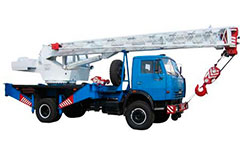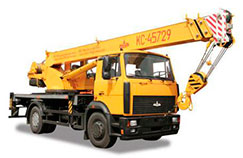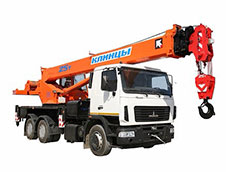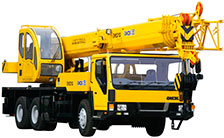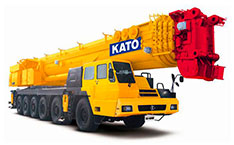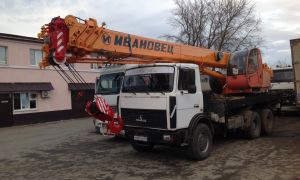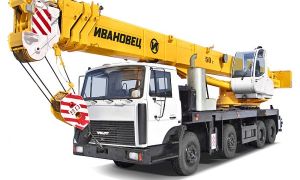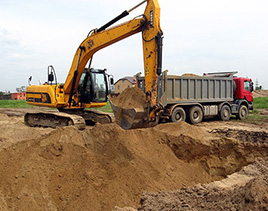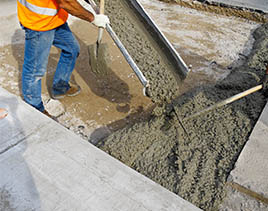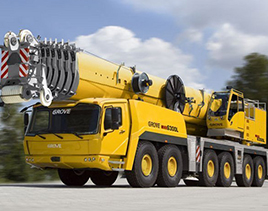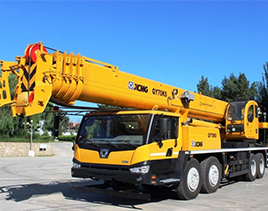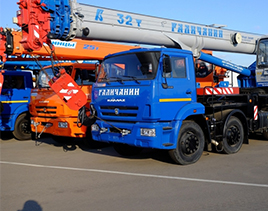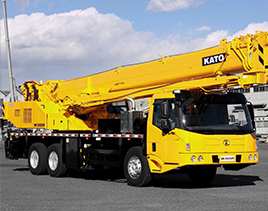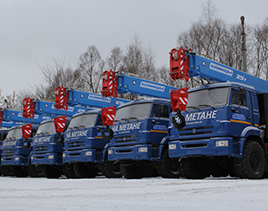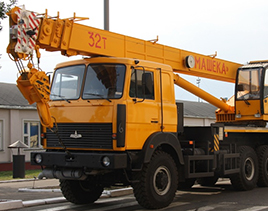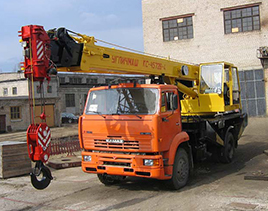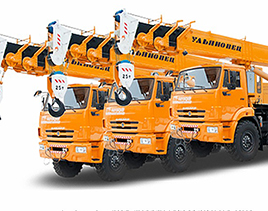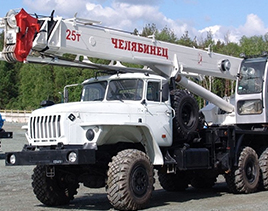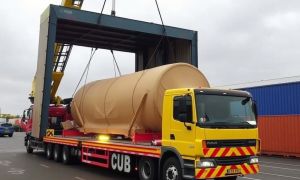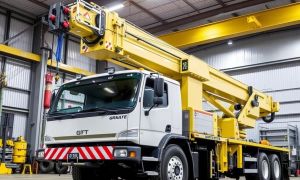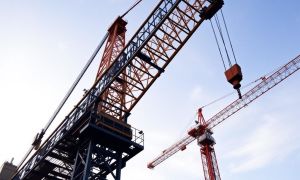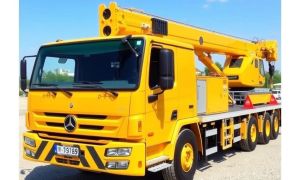Mobile cranes are essential machines in construction, shipping, and a variety of heavy lifting operations. Their ability to move large loads safely and efficiently depends heavily on two critical factors: load capacity and stability. If you work with or around mobile cranes, understanding these concepts is crucial for safety, operational excellence, and avoiding costly accidents. This article dives deep into what load capacity and stability mean in the context of mobile cranes, how they are calculated, factors affecting them, and best practices to ensure safe crane operation.
What is Load Capacity in Mobile Cranes?
Load capacity, sometimes called lifting capacity or rated load, refers to the maximum weight a mobile crane can safely lift under specific conditions. It is a fundamental specification provided by the crane manufacturer and is usually displayed on a load chart for easy reference. Operators use the load capacity to determine the limits for each lift, taking into account the boom length, angle, and configuration of the crane.
However, load capacity is not a fixed number. It varies widely depending on multiple factors like the extension of the boom, the angle at which the load is lifted, and environmental conditions such as ground support and wind. For instance, a crane can safely lift heavier loads at a shorter radius (closer to the base) than at a longer radius.
How is Load Capacity Determined?
Load capacity is established through rigorous engineering calculations and real-world testing. Engineers consider several parameters such as material strength, structural design, hydraulic limits, and safety factors. Once tested, these capacities are captured in a load chart, often included within the crane’s operating manual, that displays the maximum allowable lifts in different configurations.
Typical Factors Affecting Load Capacity
- Radius: The horizontal distance from the center of the crane’s rotation to the load. The greater the radius, the lower the load capacity.
- Boom length and angle: Extending the boom reduces the load capacity compared to a shorter, steeper boom.
- Counterweights: Adding counterweights improves load capacity by balancing the crane.
- Ground conditions: Soft or uneven ground may limit how much weight the crane can safely lift.
Understanding Stability in Mobile Cranes
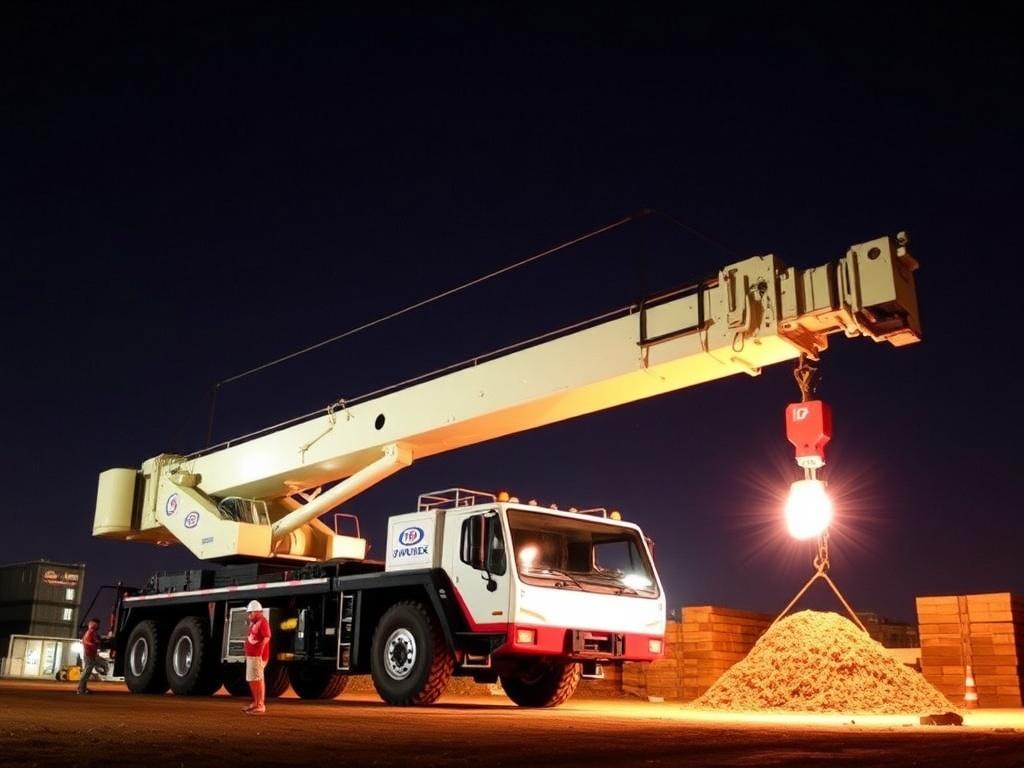
Stability is just as crucial as load capacity when operating a mobile crane. Even if a lift is within the rated capacity, an unstable crane can tip over, leading to severe accidents. Stability refers to the crane’s ability to remain upright and balanced during loading operations. Ensuring crane stability means considering the crane’s base, outrigger deployment, ground conditions, and the load’s dynamic forces.
The Role of Outriggers and Counterweights
Outriggers are extendable arms that increase the footprint of the crane and significantly improve stability by distributing the load’s force over a wider area. Incorrect or incomplete outrigger placement is a leading cause of crane instability. Similarly, counterweights fitted to the rear of the crane act to balance the weight of the lifted load. The proper use of outriggers and counterweights is vital for safe operations.
Factors Influencing Stability
| Factor | Description | Impact on Stability |
|---|---|---|
| Ground Condition | Hard, level ground provides a stable base | Improves stability and allows for higher load capacity |
| Outrigger Deployment | Fully extended outriggers widen base | Prevent tipping by stabilizing the crane |
| Wind and Weather | Strong winds impose lateral forces | Can destabilize loads and crane structure |
| Load Movement | Dynamic forces from swinging or sudden stops | Increases tipping risk |
| Crane Configuration | Boom angle, extension, and rotation | Affects center of gravity and stability |
How Load Capacity and Stability Interact
Load capacity and stability are inseparably linked in mobile crane operations. Even if a crane can theoretically lift a certain weight based on its load chart, it must remain stable while doing so. Failing to consider stability can lead to catastrophic tipping incidents. As the load is lifted higher or moved farther from the base, the crane’s center of gravity shifts, and if outriggers or counterweights are not correctly managed, stability is compromised.
This is why operators use load moment indicators (LMIs) or rated capacity limiters (RCLs) that continuously monitor stability factors during lifts. These systems warn or stop operation if lifting parameters approach unsafe levels. Regular training and adherence to recommended operating procedures are essential to maintaining the delicate balance between load capacity and stability.
Best Practices to Ensure Safe Loading
- Consult Load Charts: Always refer to the crane’s specific load chart for the exact configuration before lifting.
- Deploy Outriggers Fully: Extend outriggers on a firm, level surface for maximum stability.
- Use Appropriate Counterweights: Install the correct counterweight mass as prescribed by the crane manufacturer.
- Survey Ground Conditions: Evaluate soil compaction and levelness. Use cribbing or mats if necessary.
- Monitor Weather Conditions: Avoid lifts in high winds or inclement weather.
- Understand the Load: Know the exact weight and dimensions of the load, and factor dynamic effects like swinging.
- Employ Technology: Utilize LMIs and cameras to monitor crane and load during operation.
Common Pitfalls and How to Avoid Them
Despite best intentions, many crane accidents result from misunderstanding or neglect of load capacity and stability principles. For example, overestimating the crane’s capacity, failing to fully deploy outriggers, and ground subsidence are common causes of crane accidents. Another pitfall is ignoring warning signals on monitoring devices or attempting multiple lifts without recalibrating the load charts.
Steps to Prevent Accidents
| Common Pitfall | Preventive Measure |
|---|---|
| Ignoring Load Chart Limitations | Always verify configuration before lifts; train operators on load chart usage. |
| Incomplete Outrigger Deployment | Implement standard operating procedures requiring full outrigger extension and inspection. |
| Poor Ground Assessment | Conduct geotechnical surveys; use appropriate base plates and cribbing. |
| Overloading or Exceeding Radius | Use load indicators and limiters; never exceed rated capacities or radius limits. |
| Operator Fatigue or Inexperience | Ensure proper training; schedule breaks; supervise crane operations. |
Advancements in Technology Enhancing Load Capacity and Stability
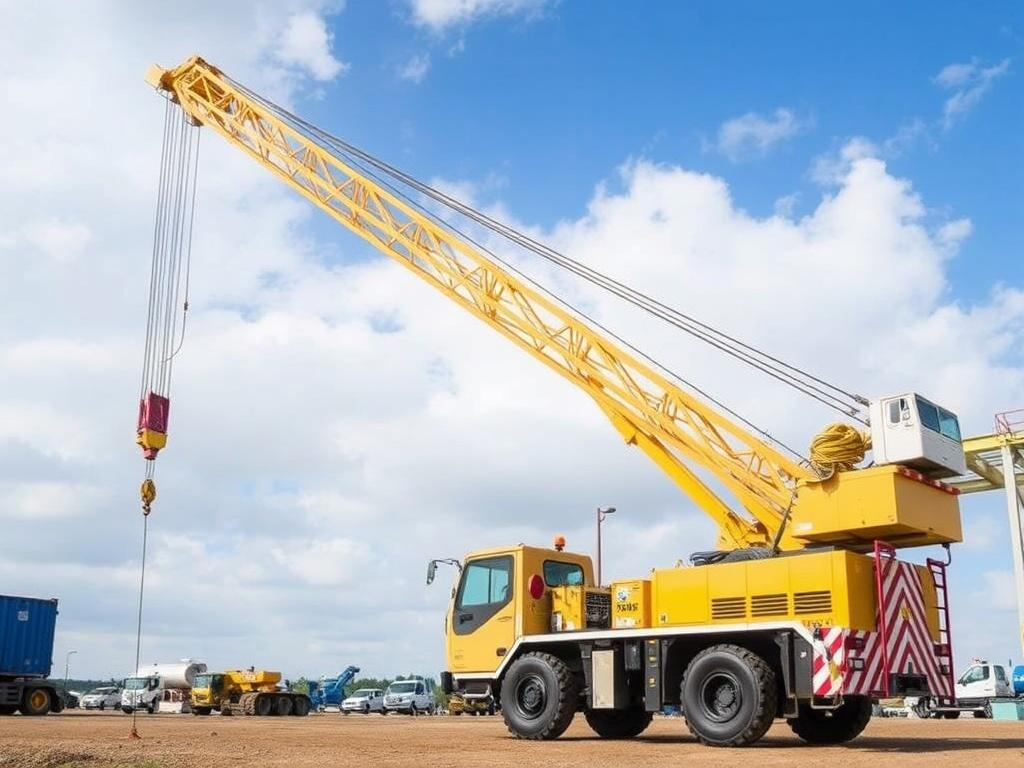
In recent years, mobile cranes have incorporated advanced technologies to enhance safety around load capacity and stability. Modern cranes often come equipped with sophisticated monitoring systems like load moment indicators (LMIs), anti-two block devices, and automated stability controls. These devices track critical parameters in real time and alert operators to unsafe conditions.
In addition, simulation software allows operators and engineers to model lifts virtually before they happen, identifying potential stability issues in advance. This pre-planning can save time, money, and lives by preventing mistakes on the jobsite.
Examples of Technology in Action
- Load Moment Indicator (LMI): Provides continuous feedback on load weight and boom position, preventing overload.
- Stability Control Systems: Automatically adjust crane parameters or shut down unsafe movements.
- Remote Monitoring: Enables supervisors to review crane status in real time from a distance.
- 3D Load Simulation: Helps with pre-lift planning by modeling load dynamics and crane behavior.
Understanding Legal and Safety Standards
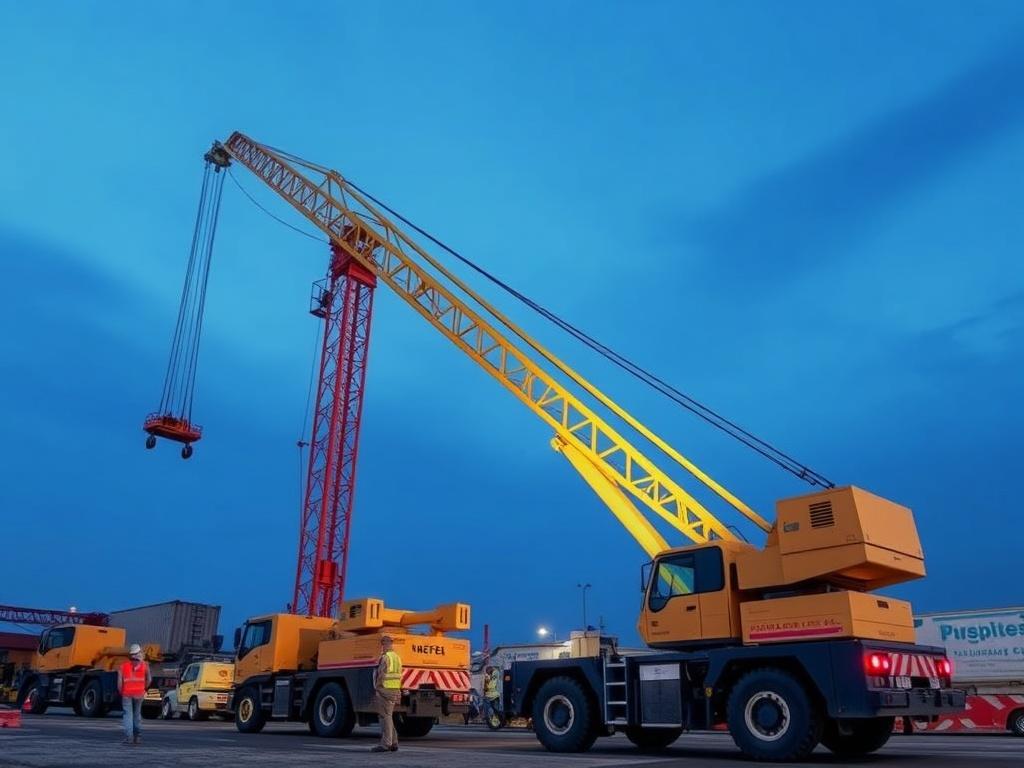
Mobile crane operators are not just guided by manufacturers’ load charts but also by stringent regulations and safety codes. Organizations such as OSHA (Occupational Safety and Health Administration) in the U.S. and other international regulatory bodies mandate minimum safety standards for crane operations, including operator certification, regular inspections, and adherence to load capacity guidelines.
Failing to meet these rules can result in legal penalties and jeopardize workplace safety. Therefore, anyone involved in crane activities should familiarize themselves with local laws and standards related to mobile crane load capacity and stability.
Summary of Key Regulations
| Regulatory Body | Relevant Standards | Highlights |
|---|---|---|
| OSHA (USA) | 29 CFR 1926 Subpart CC | Crane operator certification, load chart requirements, inspections |
| ISO | ISO 4305, ISO 12480 | Safety requirements and testing protocols for cranes |
| CEN (Europe) | EN 13000 | Requirements for mobile cranes’ design and safe use |
Conclusion
Understanding load capacity and stability in mobile cranes is fundamental to safe and effective crane operation. Load capacity defines how much weight a crane can lift safely, while stability ensures the crane remains balanced and secure during lifts. These factors are interdependent, influenced by crane configuration, ground conditions, environmental forces, and operational practices. Leveraging proper load charts, deploying outriggers fully, assessing ground conditions, and adhering to safety regulations are vital steps to avoid accidents. Advances in technology such as load moment indicators and simulation tools have further enhanced operator awareness and safety. Whether you’re a crane operator, engineer, or site supervisor, a strong grasp of load capacity and stability principles is indispensable to maintaining safety and performance on any lifting operation.

